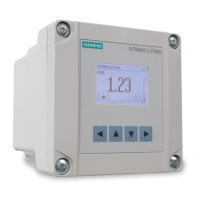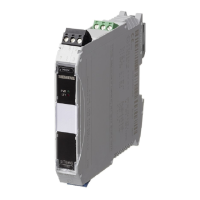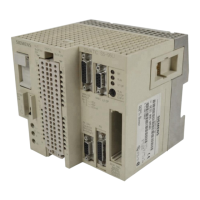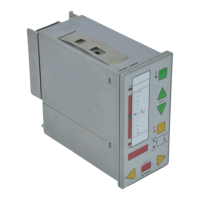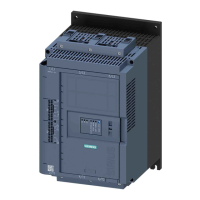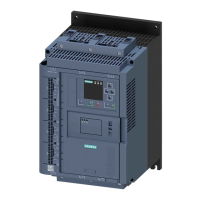SITRANS LUT400
Operating Instructions, 07/2019, A5E33329501-AC
207
Relay 3 Logic (2.8.11.3.)
Use to change the behaviour of Relay 3 when assigned to an alarm.
9.2.8.12 Time To Spill (2.8.12.)
Used to predict when an overflow (spill) condition may occur. This feature works in
conjunction with the High Level Alarm (2.8.1.) (Page 196).
Level To Spill (2.8.12.1.)
Value (defined in Units (2.1.1.) (Page 168)) representing material level at which a spill will
occur.
-999999.000 to 999999.000
This value must be greater than high level alarm ON setpoint [High Level Value ON (2.8.1.2)
(Page 196) ].
Minutes Left To Spill (2.8.12.2.)
Read only. Calculated value representing minutes remaining before a spill will occur.
Enter the level at which a spill condition will occur in Level To Spill (2.8.12.1.) (Page 207).
When the High Level Alarm is tripped, the estimated time to spill is displayed in
2.8.12.2.Minutes Left To Spill. The estimated time is calculated by the LUT400 based on the
material level and the rate of change of the material level. If the High Level alarm is not
tripped, or the material level is falling, then the estimated time to spill will display as zero.
9.2.9 Discrete Inputs (2.9.)
Discrete inputs are used to trigger or alter the way SITRANS LUT400 controls devices such
as pumps and alarms. Discrete inputs can be used for the following:
● as a backup level override
● allowing the device to be more flexible by interlocking control functions with external
conditions.
For more detail see Discrete Inputs (Page 91).
Note
Default settings in the parameter tables
are indicated with an asterisk (*) unless explicitly
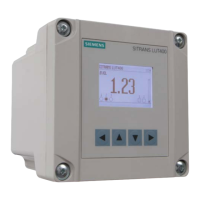
